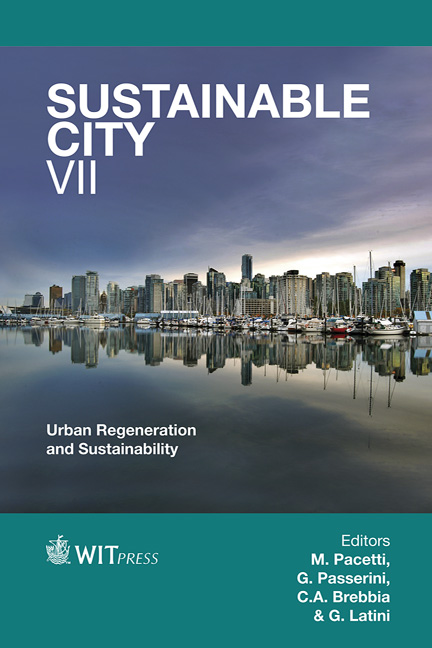Joint Network And Route Optimization In Road Evacuation
Price
Free (open access)
Transaction
Volume
155
Pages
13
Page Range
1053 - 1065
Published
2012
Size
357 kb
Paper DOI
10.2495/SC120882
Copyright
WIT Press
Author(s)
A. Polimeni & A. Vitetta
Abstract
In this paper a Network and Route Optimization Problem (NROP) in evacuation conditions is proposed. The variables involved in the problem are discrete (link topology, routes for rescue vehicles) and continuous (link capacity). The discrete variables are related to the link direction, lane numbers, lane use and sequence of users reached by rescue vehicles. The continuous variables, assuming that the link capacity is a function of the characteristics of the final node in the link, are related to the intersection control setting. The NROP is hence formulated as a mixed (discrete/continuous problem) in a congested network considering the ordinary demand and the evacuation demand. The network topology is optimized considering the users who evacuate on their own and the rescue vehicles that move to rescue some users. A heuristic procedure is used to find the best network configuration. Keywords: continuous/discrete variables, heuristic approach, vehicle routing. 1 Introduction The Network Optimization Problem (NOP) consists of finding the optimal configuration of an existing network optimizing some objectives. Initially, this problem concerned the link direction and lane allocation optimization (a discrete problem). It was then extended to capacity optimization (a continuous problem) defining a Mixed NOP (MNOP). The capacity optimization regards the optimization of the signal setting at intersections, known as Traffic Signal Setting Optimization (TSSO). Matematica, Elettronica e Trasporti, Italy
Keywords
continuous/discrete variables, heuristic approach, vehicle routing.





